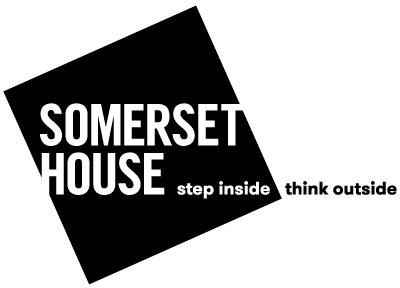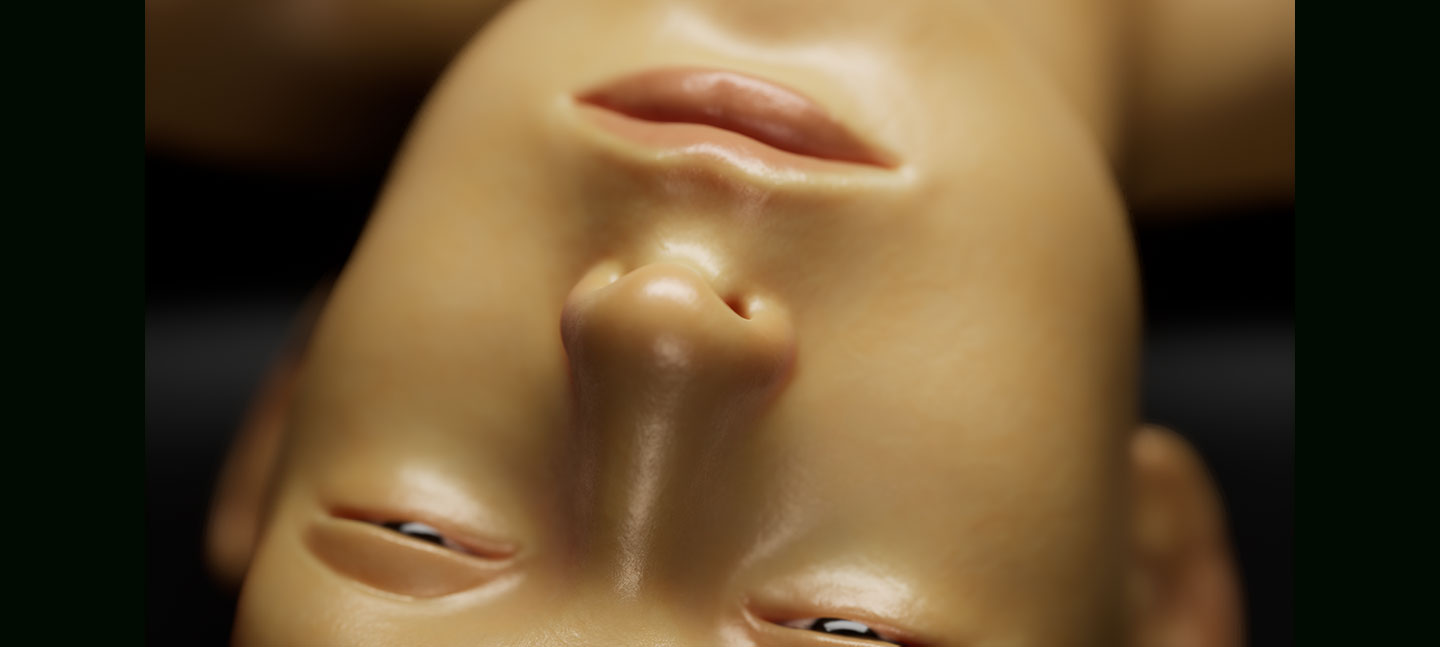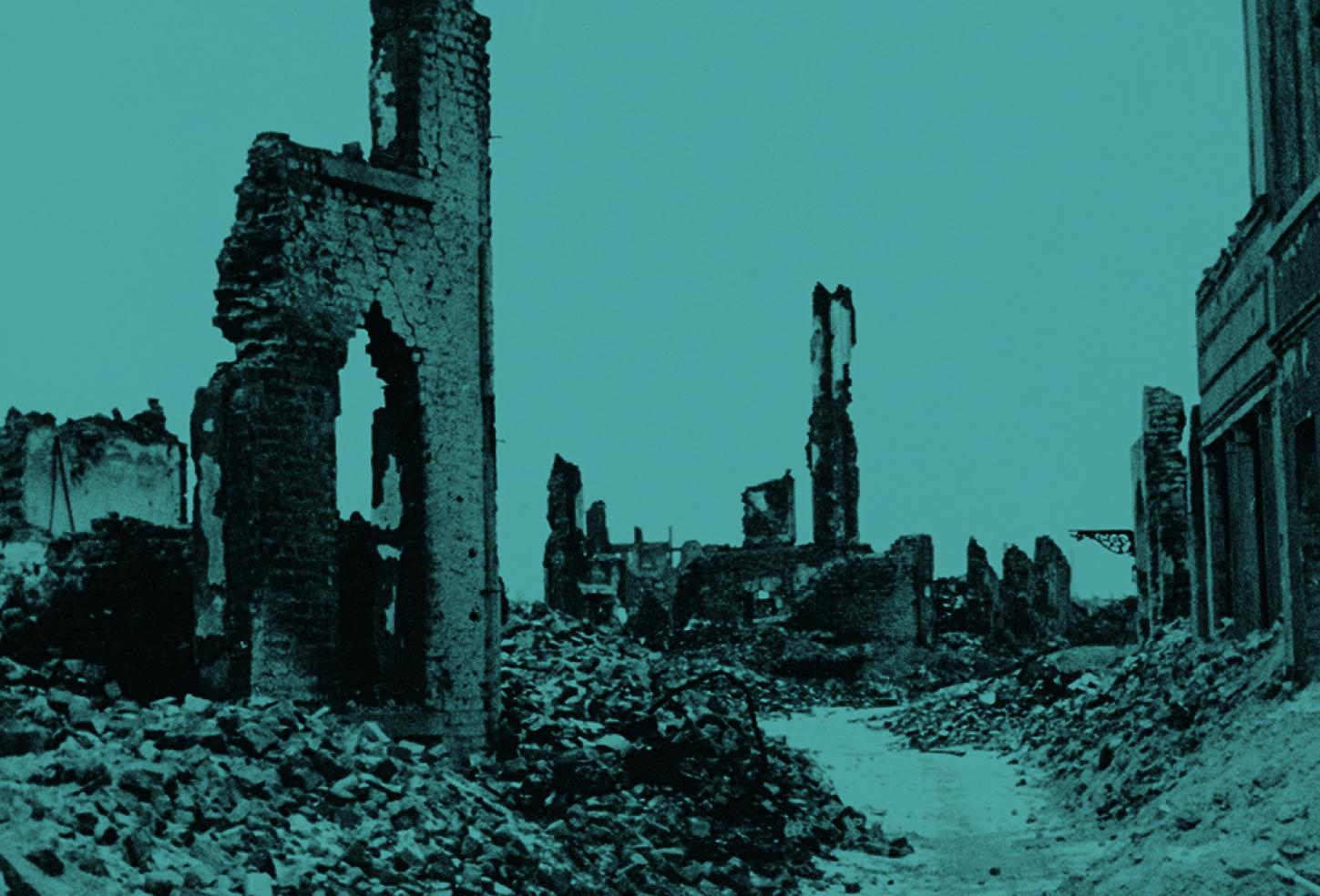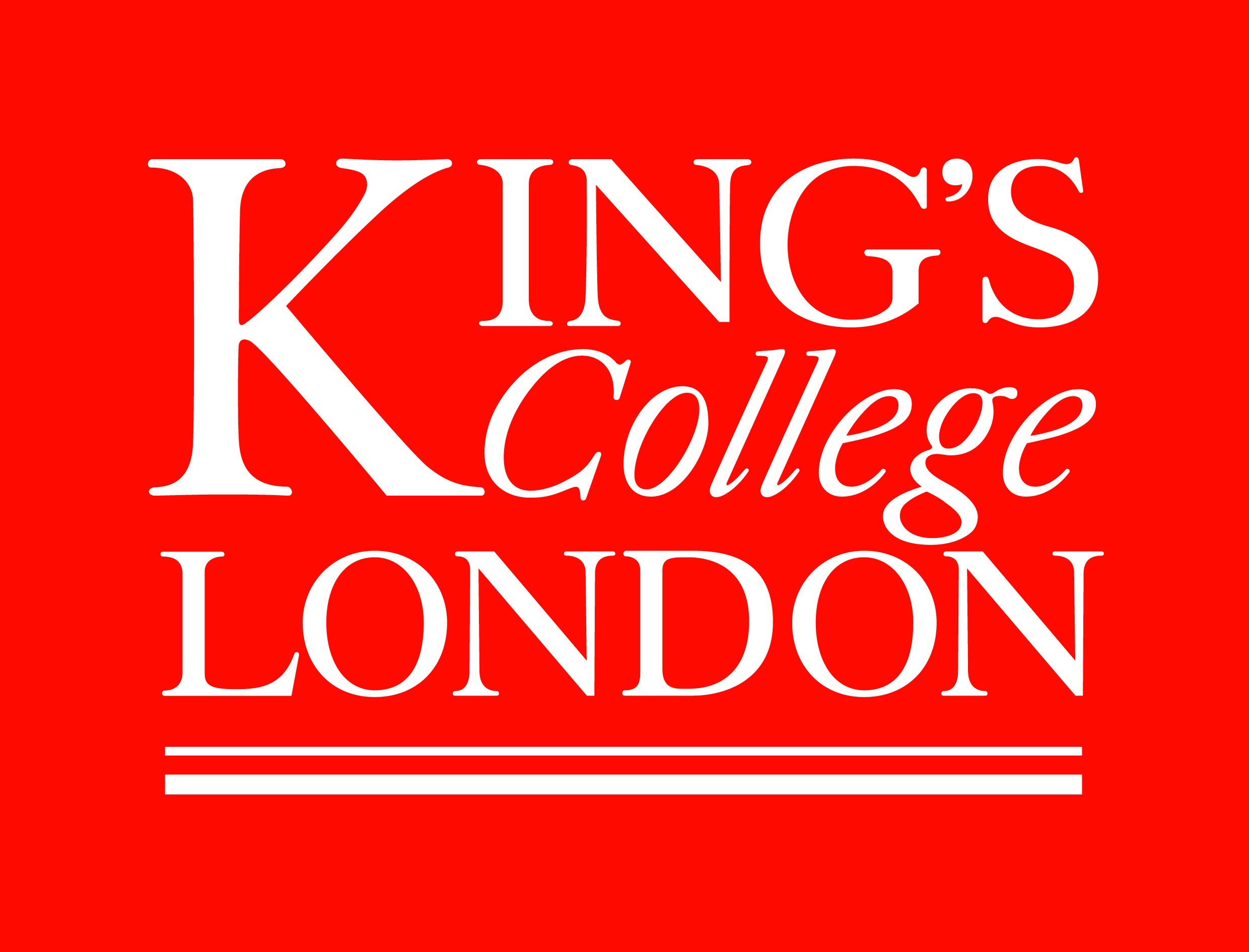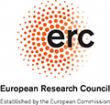Albrecht Dürer’s 1514 engraving Melencolia I remains one of the foundational images of European art. The winged figure of genius slouches despondently; the hourglass shows time hastening to its end. Five centuries later, this became the mood of that archetypal melancholy European, W G Sebald. There is the rootlessness of exile and displacement in The Emigrants; the disappearance of old Europe in Austerlitz; the ruins of the bombed cities in On the Natural History of Destruction.
Melancholia – a Sebald variation takes the viewer on a Sebaldian journey from the ruins of 1945 to the present day. It begins at that ‘zero hour’ after the war when melancholy found its physical form in the rubble scattered throughout its cities after the Second World War and its human form in the refugees who wandered around them.
Tracing its way from the ruins of Britain and Germany to the suburbs of contemporary Holland, the exhibition aims to provoke reflection about the European condition and about the nature of melancholy itself. Is it, as in Freud’s formulation, an indulgent, unproductive form of mourning? Or can it be, as for Sebald, a form of sadness that is ultimately uplifting because it enables loss to bring with it a consciousness of life and its more startling possibilities?
Alongside Dürer's Melencolia I this exhibition will display works from a wide range of international artists, including Dexter Dalwood, Tacita Dean, Susan Hiller, Tess Jaray, Anselm Kiefer, George Shaw, Guido van der Werve, and Jeremy Wood, as well as archival materials and a film of Sebald in discussion with Susan Sontag.
Melancholia – a Sebald variation is exhibited in collaboration with the Centre for Contemporary Culture in Barcelona (CCCB) who presented some of these works in their 2015 exhibition Sebald Variations curated by Jorge Carrión and Pablo Helguera.
Melancholia – a Sebald variation is presented by the Department of English, the Centre for Modern Literature and Culture and Cultural Programming at King’s College London and is supported by the European Research Council.
